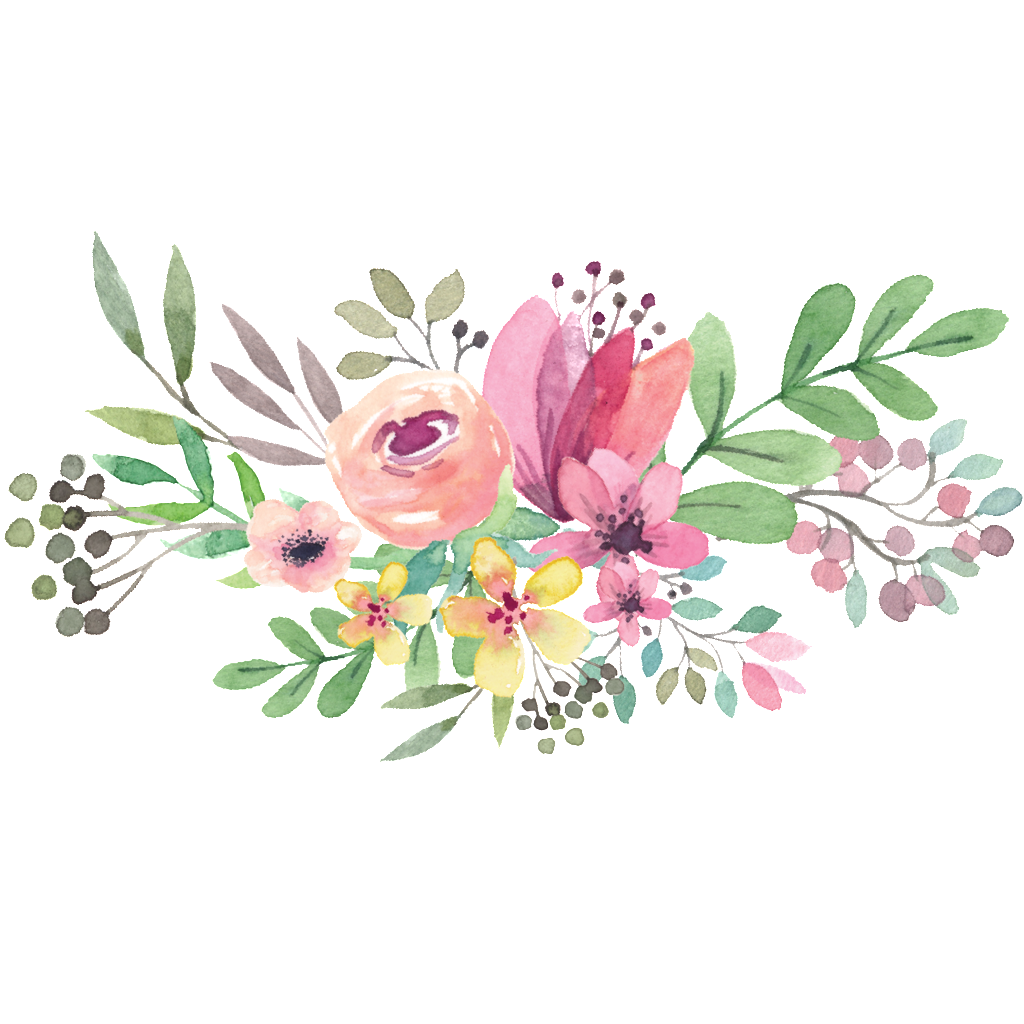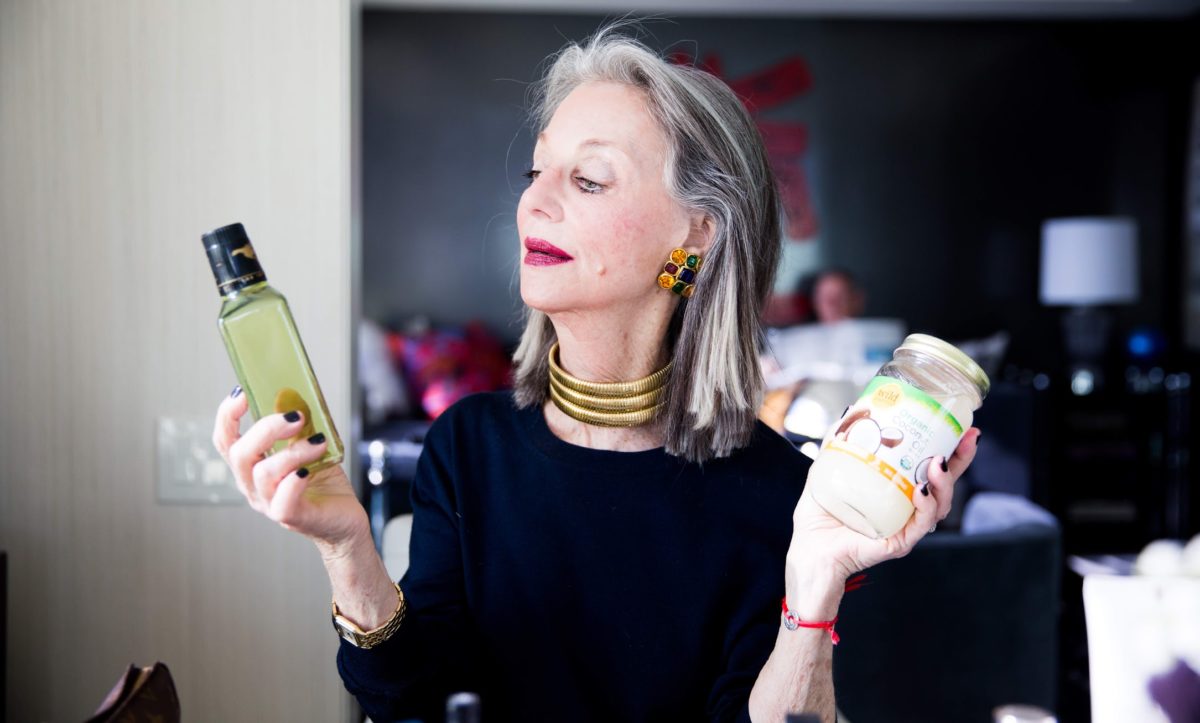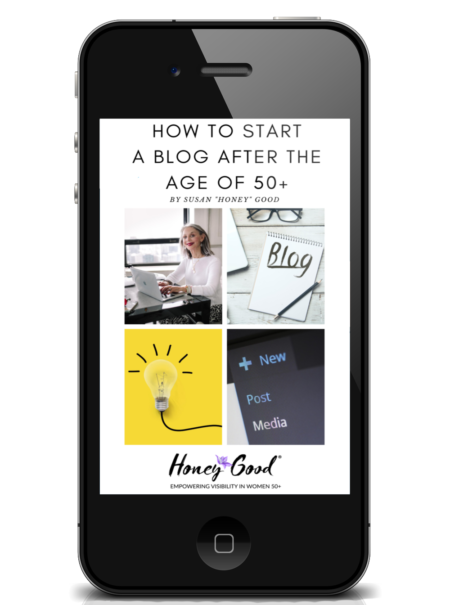What is Clean Beauty?
Even if you’re not a beauty guru, you might still occasionally use mascara or apply a few pats of blush before going out. As makeup has evolved, so has our understanding of enhanced products, and you may be familiar with the appeal for clean beauty. You may also wonder exactly what this means–besides green and natural. How does green beauty benefit your skin and lifestyle?
In essence, clean beauty refers to beauty products that are made up of non-toxic ingredients. If you are using a product that is not certified or marketed as “clean,” you could be harming your health.
The United States regulations for cosmetics are lenient, and while the Environmental Working Group (EWG) and similar health and safety organizations advocate for your health, the role of government protection is limited.
Continue reading to find out more about clean beauty and what to avoid.
Why Should We Use Clean Beauty?
According to a study done by the EWG on the need for the Personal Care Products Safety Act, “Women use 12 personal care products a day, exposing themselves to 168 chemical ingredients.” If you are part of this average, then the extended and daily application of a toxin in your makeup could lead to adverse health symptoms.
With your body absorbing this many ingredients every day, clean beauty is a push for transparency and safer alternatives. The issue is that a lot of the standard ingredients in cosmetics are loosely regulated and it is up to the consumer to make wise purchases.
Byrdie, a beauty editorial website, composed a “Toxic 20” list, which includes the 20 ingredients to watch out for:
- Formaldehyde
- Formaldehyde releasers
- Synthetic fragrances
- Phthalates
- Parabens
- Mineral oil
- Polyethylene glycol (PEGs)
- Siloxanes
- Triclosan
- Ethanolamines
- Oxybenzone
- Octinoxate
- Homosalate
- Toluene
- Talc
- PFAs and PFCs
- Teflon
- Resorcinol
- Carbon black
Take Care of Your Health
Choosing clean beauty allows you to eliminate these toxins from your skincare and makeup routine. This can prevent health effects like cancer.
There are some conflicting studies and statements on a few of the chemicals from the Toxic 20 list. According to the Byrdie article, there are two studies linking phthalates to causing issues with infant cognitive development and disrupting the reproductive system. However, the final ruling by the FDA declares there is not enough evidence to ban or limit the use of these chemicals.
However, one ingredient, talc, has detrimental impacts. Talc is mined in close proximity to asbestos deposits, which can cause cross-contamination. Asbestos is known to cause asbestosis, where the asbestos fibers stick to the tissue in the lungs, over time leading to inflammation and tears. A more serious health condition can also arise from inhaling these fibers: mesothelioma. This is a cancer where tumors develop in the lining of organs. When makeup contains talc, there could be asbestos in the product too. If any particles enter your body, they could cause acute illnesses.
Understanding What Goes Into Your Products
Understanding what goes into your makeup products is a huge part of clean beauty. One way to take initiative is by reading the ingredients list and making informed decisions. If you do see some toxins from the list, you can decide how big of a risk you want to take and read more research done on these chemicals.
You should watch out for brands that claim to be “green,” “natural,” and “eco.” The FDA, which oversees cosmetics, only regulates these products, so it’s undetermined what exactly these labels mean. This is known as corporate greenwashing, a term that describes the way corporations label their products to look environmentally friendly, whether the companies actually participate in this.
Further Recommendations
The Good Face Project offers some more explanation on this topic. They state that clean beauty does not have to be organic, green, vegan, plant-based, or all-natural, although this can be a benefit. They also suggest the following recommendations:
- Clean beauty is safe and has transparent labels with clear ingredients–no toxic chemicals.
- Products with fragrances are not always explicit about ingredients and can hide more toxic chemicals.
- Since the FDA does not regulate cosmetics before they go on the market, you should still do your own homework.
If you are looking to update your beauty products and incorporate some clean beauty, this information can help get you started. There is a lot of discrepancy about what makes clean beauty clean, but with greater research and understanding around safer makeup, you can take part in this lifestyle upgrade.
Do you use clean beauty products or did you have information about clean beauty products before this article? Let’s discuss this in the comments at the bottom of this page.
 If you enjoyed this article, please subscribe. You will get each daily story delivered straight to your inbox.
If you enjoyed this article, please subscribe. You will get each daily story delivered straight to your inbox.



What a helpful post! I will be watching out for these ingredients! I try to buy cruelty free makeup and facial products that don’t test on animals or contain animal ingredients, and there seems to be a big overlap between clean and cruelty free products. I like Elf makeup (It is cruelty free and very inexpensive), mig living soap (charcoal) and toner, and Andalou face cream. So many articles that recommend makeup and cleansers don’t focus on these issues – I appreciate finding one that does!